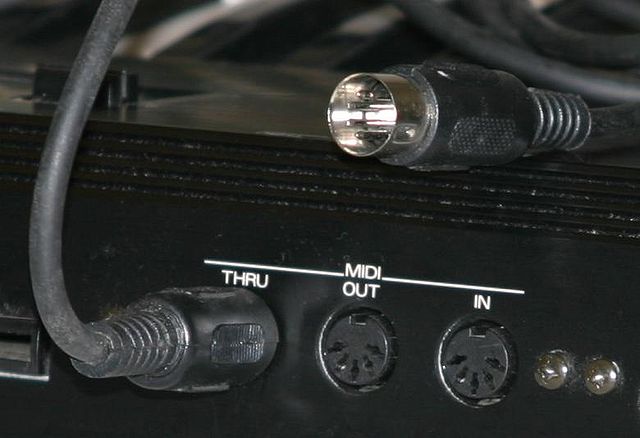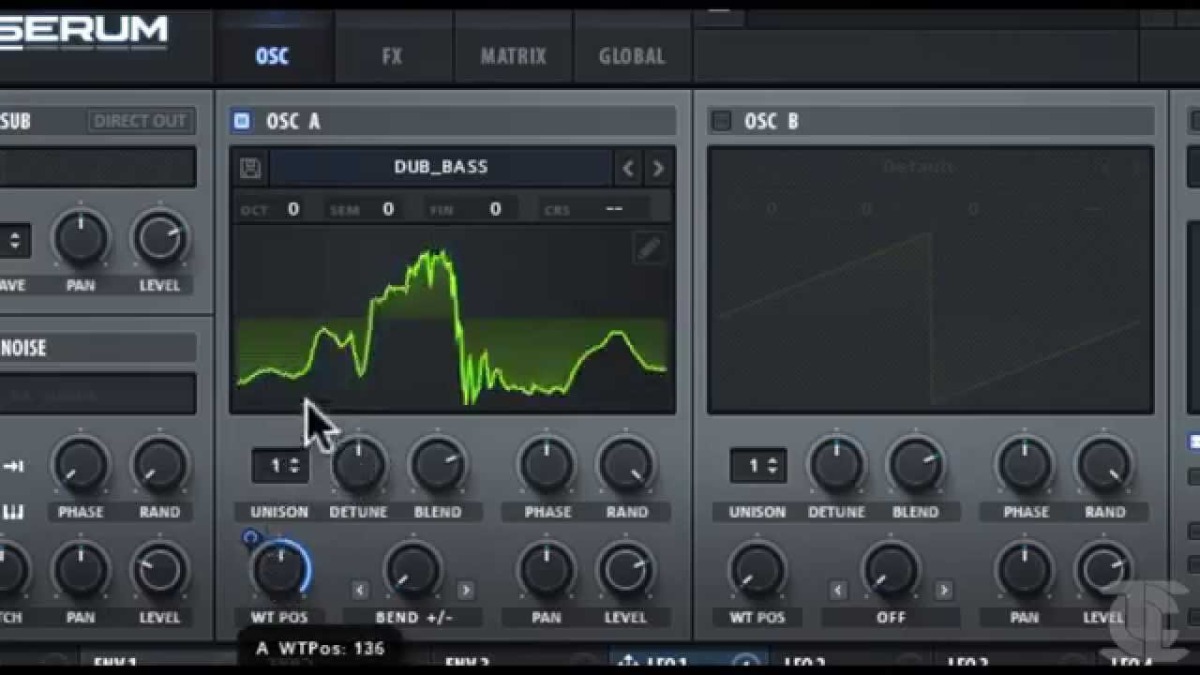MIDI (Musical Instrument Digital Interface) is a technical standard that allows electronic musical instruments, computers, and other devices to communicate and synchronize. It is a protocol that allows various devices to communicate with one another and exchange musical data, such as the notes being played and the control settings of a specific instrument or effect.
Digital messages that can control the pitch and velocity of a note, the modulation of a sound, or the beginning and end of a drum loop make up MIDI data, which is sent and received via a MIDI cable or over a wireless connection. Lighting and visual effects can be managed during concerts using MIDI data.
In addition to allowing musicians to easily record, edit, and manipulate MIDI data in a digital audio workstation (DAW) to create intricate and dynamic musical arrangements, MIDI is a potent tool for music production and live performance.
MIDI devices include
- MIDI keyboard controllers: used to play virtual instruments and control other MIDI-enabled devices.
- MIDI drum pad controllers: used to trigger drum samples and control other MIDI-enabled devices.
- MIDI guitar controllers: used to play virtual instruments and control other MIDI-enabled devices.
- MIDI wind controllers: used to play virtual instruments and control other MIDI-enabled devices.
- MIDI DJ controllers: used to control DJ software and other MIDI-enabled devices.
Overall, MIDI is a widely adopted and adaptable technology that has significantly increased electronic music’s production and live performance capabilities.



